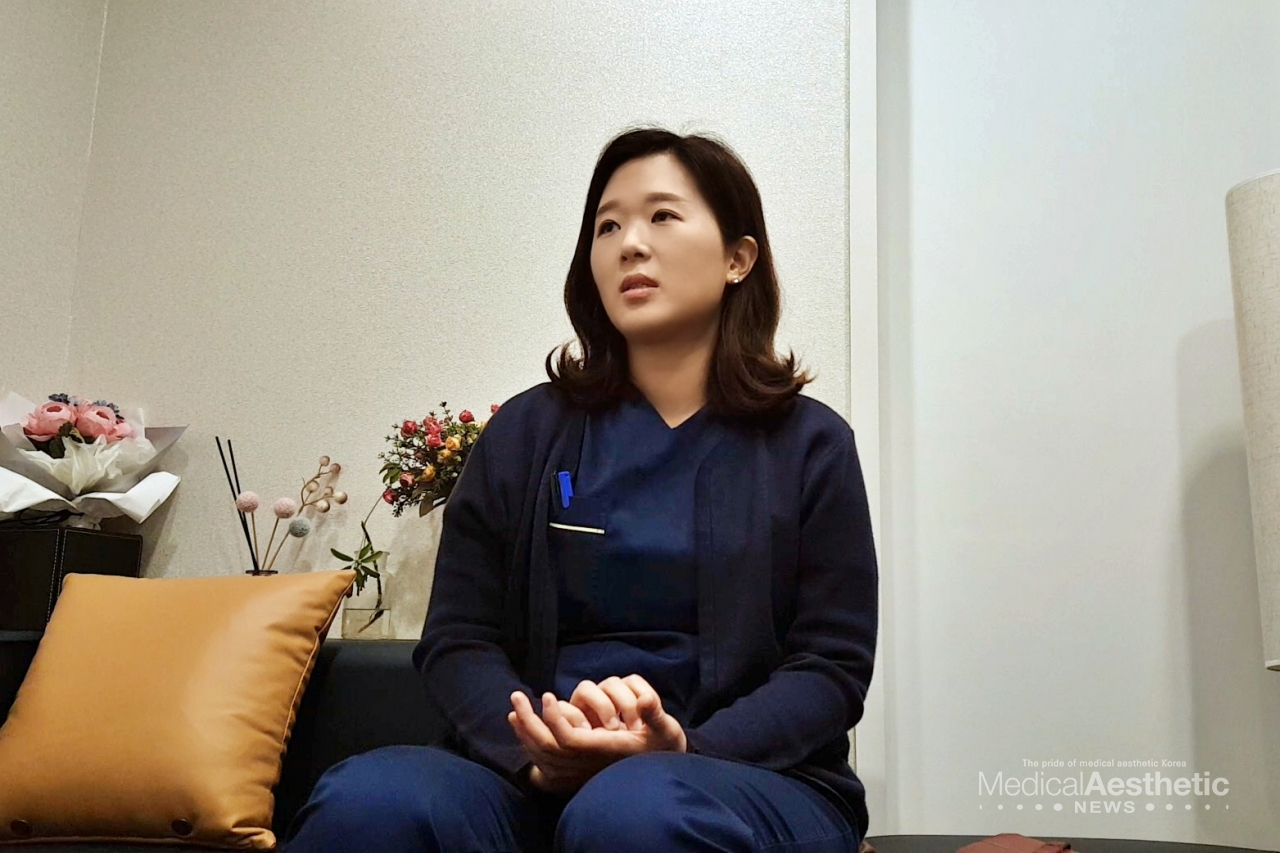Part 1. What Anesthesia is
Anesthesia is a treatment method that temporarily induces loss of cognitive ability for pain using drugs and is performed before any surgery or procedure in which unbearable pain or unpleasant psychological state is expected. To keep anesthesia state, local anesthetics, sedation, nerve blockers, muscle relaxants, etc. are used. According to this, anesthesia can be divided into local anesthesia, sedation, and general anesthesia.
Type of Anesthesia
- Local Anesthesia
Local anesthesia is a method to block the sensation of a specific part of the body while the patient is awake and not feel pain. In general. A drug called lidocaine is used. It is made in the form of a cream or injection, and although it depends on the hospital and doctor, it is mainly used for surgery that requires patient co-operation, such as a skin laser procedure that does not cause severe pain or a double eyelid surgery that requires the eyes to be opened and closed. - Continuous sedation
Continuous sedation aims to block the unconsciousness and pain, and it can be said that it uses drugs to create a deeper sleep than normal sleep. It is mainly done through intravenous and intramuscular injection of drugs, and when it is difficult to secure veins because the blood vessels are too thin or hard to see, or in the case of young children who are reluctant injections in the arm, it induces sleep by intramuscular injection of the buttocks. However, the drug, Ketamine, which is mainly used for intramuscular injection, has the disadvantage of causing hallucinations upon awakening, and has a high probability of side effects such as nausea and vomiting. The time required to recover takes longer for intramuscular injections than intravenous injection. Therefore, if there is no objection to the intravenous injection or if the blood vessels are well visible, the intravenous injection induces sleep. It is used when performing painful procedures such as laser dermabrasion or laser treatment on the skin of children who are sensitive to pain. - General anesthesia
General anesthesia is a method of losing consciousness or general sensation by suppressing central nervous system function by administering anesthetic. For the safety of unconscious patients during anesthesia, various monitoring devices such as anesthesia devices, oxygen saturation, electrocardiogram, blood pressure monitoring devices, and gas analyzers that can determine the patient’s respiration are appropriately used. It is mainly performed when surgery that requires precision and minimal movement, such as a bone-scissoring operation, or when the operation time is long and must be done safely.

There is often confusion between general anesthesia and continuous sedation. Unlike general anesthesia, continuous sedation does not relax muscles and block reflexes. Continuous sedation is performed by spontaneous breathing. It does not use mechanical breathing that allows you to control breathing by blowing in a certain amount of breath with a machine like general anesthesia. However, spontaneous breathing may cause you to stop breathing during sleep.
Part 2. Precautions to be taken before anesthesia
- Pediatric Anesthesia
Pediatric anesthesia, especially sedation, is performed more carefully because of its anatomical and physiological characteristics. Children have a smaller airway diameter than adults, so resistance due to sputum or secretions is greater. The tongue is relatively large compared to the size of the head, so nasal breathing is more common than oral breathing. In addition, when a person temporarily stops breathing during sleep anesthesia, the rate of oxygen saturation drop is much faster in children than in adults, and the risk is high. Therefore, pediatric anesthesia requires thorough monitoring by an anesthesiologist in the hospital. - Fasting time
The most important thing the patient should observe before anesthesia is the fasting time. The reason for fasting before anesthesia is to reduce the probability of aspiration pneumonia Dr. Sujin Park who is an anesthesiologist at Mapo Gongdeok S&U Dermatologic clinic, said, "In the case of children, parents give food little by little, but the amount is not important. If there are remaining food in the stomach, it can reflux into the airways. Fasting time must be observed," she said, emphasizing that fasting time is a safety-related issue. - Consulting with anesthesiologist
Prior to anesthesia, the anesthesiologist must be informed in detail of the history, underlying disease, or problems with previous anesthesia to ensure safe anesthesia. There are medications that need to be discontinued before anesthesia due to the fact that it can be difficult to maintain blood pressure during surgery and procedures. You should also check for symptoms of upper respiratory tract infection before anesthesia. An upper respiratory tract infection is a common cold symptom, but it is not a runny nose, but a yellow runny nose or cough with phlegm, and a high fever of 38 degrees or higher. These symptoms interfere with maintaining spontaneous breathing, and airway hypersensitivity increases for about 2 weeks.

Part 3. Questions and Answers about Anesthesia
Q. Does continuous sedation or general anesthesia cause brain problems?
Patients who are under sedation or general anesthesia sometimes misunderstand that 'the effect of anesthesia may cause brain problem'. Dr. Sujin Park said, "According to a study published in the Journal of the American Academy of Dermatological Surgery in 2017, children under the age of 4 who underwent sedation before laser treatment for nevus flame were examined for learning disabilities when they became elementary school students, and about 3 to 6% were observed. It is not higher than the average elementary school student's learning disability rate, and it is said that the average American child's learning disability rate is about 9.7%. There is no correlation between anesthesia and a bad brain."
Q. Is there anything wrong with continuous sedation for one or two days in a row?
Since there is usually a period between procedures for continuous sedation, it is not performed in a short time or every two days. Even if it must be done, the mainly used drugs such as midazolam, propofol, and ketamine do not have a long duration of effect, so it will not be too much of a problem to try again.
Q. How should I take medications before anesthesia?
As each drug is different, you should discuss it with the doctor in charge of the underlying disease and the anesthesiologist and take the medicine you must take with a sip of water within the fasting time. However, it should be taken within the line that does not violate the fasting time.
Q. If you drink frequently, does anesthesia not work well?
If you usually have symptoms of alcoholism, you need to be careful as it may appear as another problem due to withdrawal during abstinence.
Q. Can I do nail art before anesthesia?
Dr. Shinyoung Moon, an anesthesiologist at The Class & Mizain Plastic Surgery Clinic, said “During continuous sedation, I monitor oxygen saturation with a finger while patient unconscious. If the nail is colored, it is difficult to recognize. To see the lip color and nail color, if there is color on the lips or nails, it will interfere, so erase them and then go into anesthesia."


